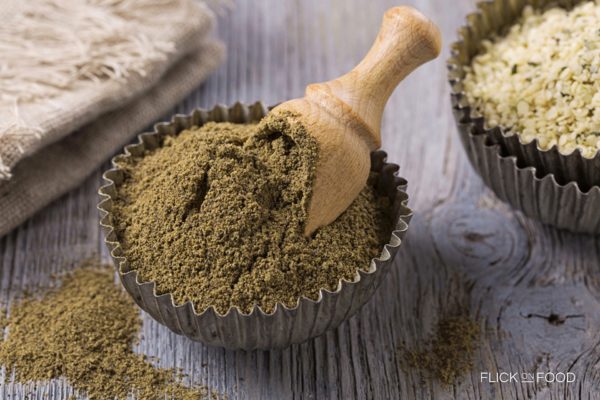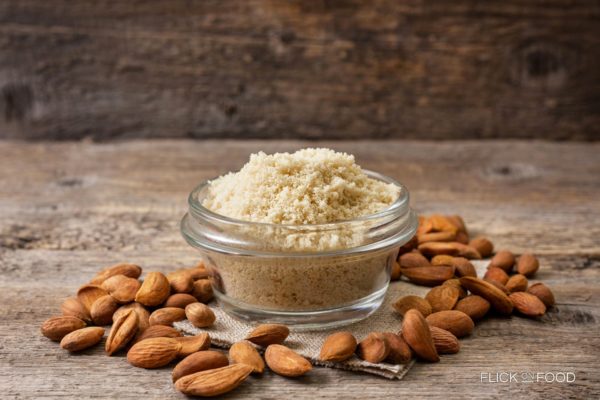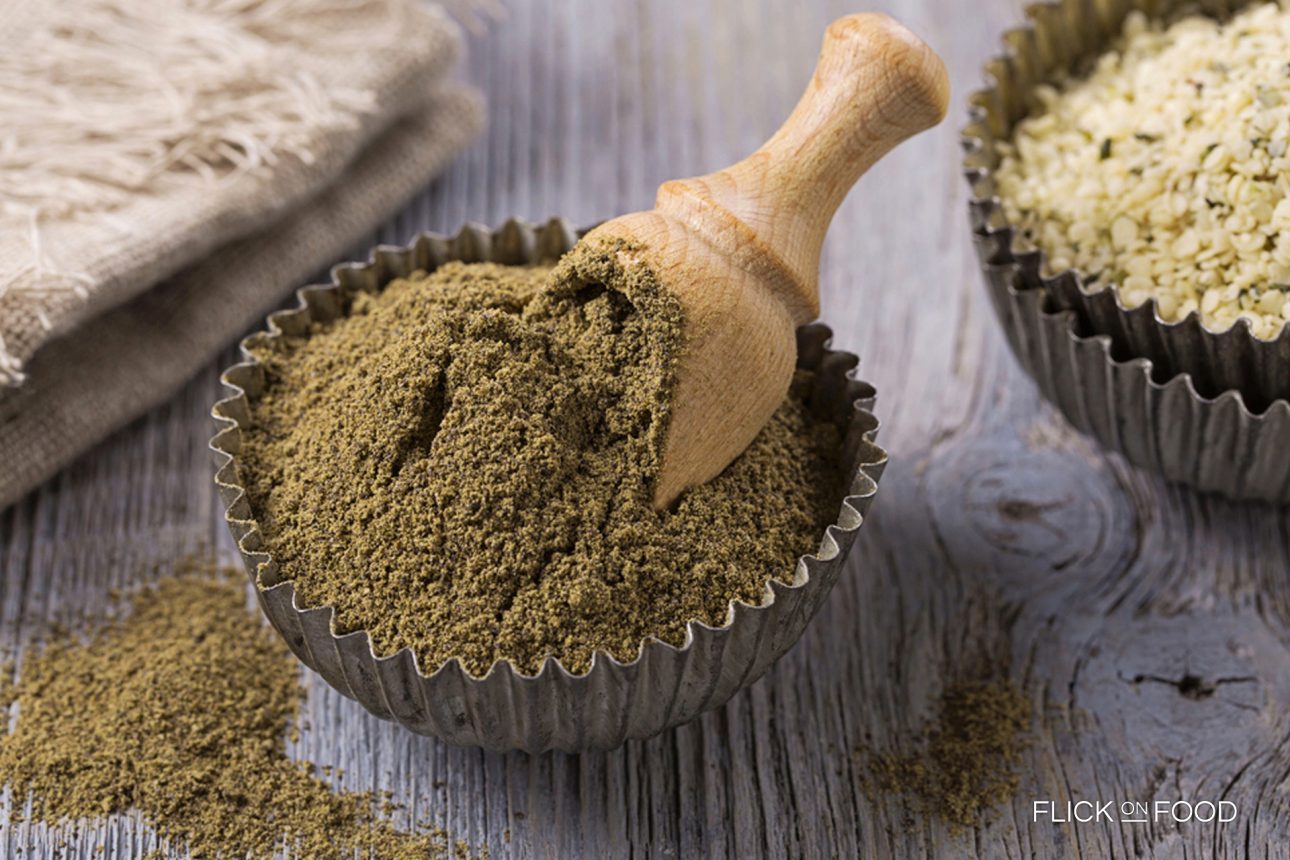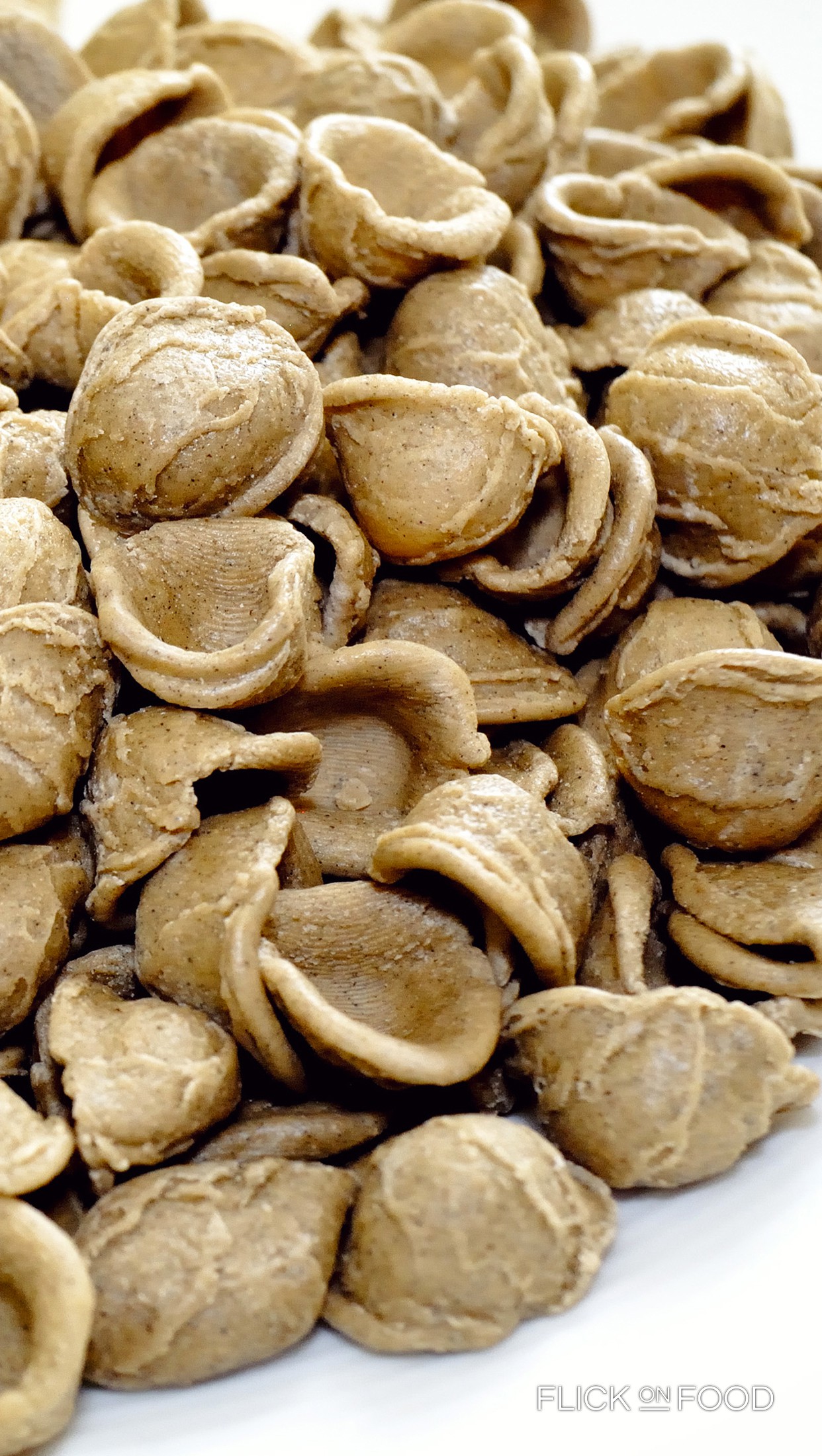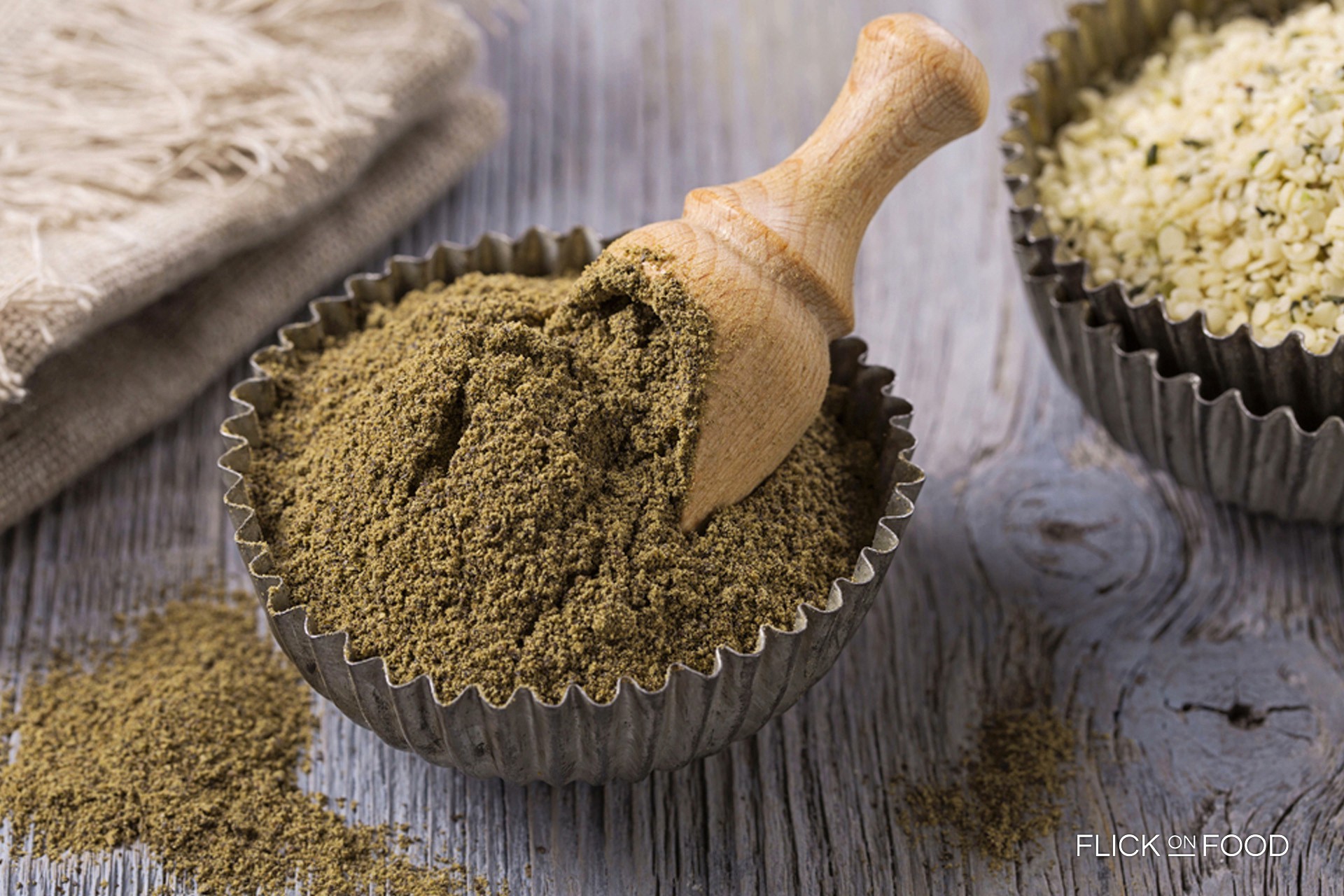
Dark in color and smoky in taste, toasted flour reflects the traditions and flavors of Puglia.
Origin
There’s a special ingredient that comes from the ancient Dauni region, or what is now the province of Foggia, in the middle of the Tavoliere delle Puglie (“Table of the Apulias”). This ingredient is toasted durum wheat flour, which was originally used by poor farmers who couldn’t afford white flour. Rich landowners would burn the wheat stubble after a harvest and leave the burned grains on the ground, which the farmers would then collect. The grains are no longer burned today since this is considered carcinogenic, so they’re merely toasted. Then, the flour derived from this process is mixed with white flour. The grains are shucked and toasted, not unlike what happens with coffee beans, and the result is a whole grain flour with an intense flavor with hints of almond, hazelnut and roasted coffee.
Cookit
It’s the actual toasting process that grants this flour its unique flavor – sort of midway between smoked and roasted. Because of its bold taste and aroma and its lack of gluten, it’s often mixed with other flours. Using toasted wheat flour for just 30% of the total mixture is enough to lend its characteristic color and taste to focaccia, bread or homemade pasta. Mainly used for fresh cavatelli and orecchiette pasta, it’s best paired with simple, genuine ingredients like tomatoes and cheese.
Did you know
Toasted wheat flour has several benefits, including the fact that it’s whole grain, and has negligible amounts of gluten. These are aspects that led researchers at the University of Foggia to study how this might make the grain suitable for celiacs. As one researcher explained, “the protein in grains toasted at extremely high temperatures behave differently from bread baked in an oven.”



